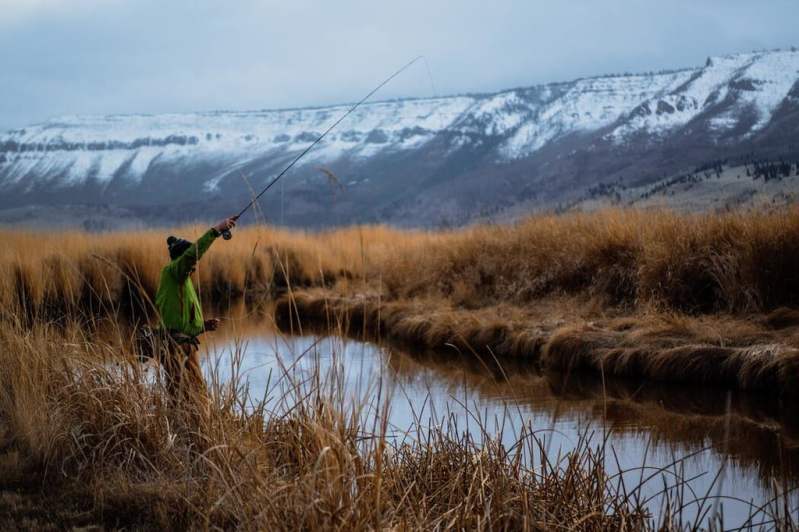It’s far from breaking news that catfish aren’t the sexiest specimens in the realm of fishing. But they’re pretty easy to catch, no matter what the calendar says or what’s on the end of your hook. And when you do land a catfish, clean it up and give it the cooking treatment, as our ray-finned friends can be pretty tasty.
But before we get ahead of ourselves with tall tales of what we caught and who makes the best Cajun-baked catfish, we need to catch the critter. Fortunately, catfish exist in all kinds of freshwater environments all over the country, especially lakes and ponds. They’re pretty nocturnal (fishing at night can be best if you have the right gear) but are active enough during the day that fishing is good any hour of the day. And they eat almost anything and bite hard, which is a one-two-punch of great news for any angler out there.
Given the popularity of catfish, it’s no wonder that they’re subject to the many exaggerations and rumors inherent to fishing. Seems like everybody has a story involving the fish (although the ones told in Big Fish are among the very best). What we do know for certain is that there are three main species (blue, channel, flathead), and the fish can be huge (the largest one ever caught is believed to be nearly 650 pounds in Thailand). You’re not likely to run into anything of that size, but you’ll have fun regardless, especially if you know what to use.
So, whether you chuck bait with a spinning reel or cast with a fly rod, these are the five things to throw in your tackle box if you want a banner day of catfish catching.
Worms

No surprise here as most fish—and a lot of other animals for that matter—enjoy a tasty nightcrawler. Of the live baits, worms are arguably the best for catfish and easiest to get ahold of as well as throw on a hook. If you’re not near a bait shop, you can simply dig in some wet dirt and find your own wiggly lures. Don’t want to deal with the real thing? Try a worm pattern instead.
Crayfish

As a larger lure, crayfish tend to attract larger fish. That means more bragging rights for you and, if you’re not playing catch and release, more protein on your plate. You can use a live crawdad, a dead one procured from a bait shop, or a replica, the choice is yours.
Old meat

There’s something about old meat that catfish adore. Which is fine because it’s either the catfish’s barbel-framed mouth or your garbage bin. If you don’t have any, other odorous perishables will work, like that sourdough you’ve been trying to perfect, or cheese.
Goldfish

Goldfish are probably the second-best option in the live bait circuit. Again, there are lures and patterns to mimic the little swimmer if you’d rather go that route. Another benefit is that many larger fish eat goldfish, meaning in addition to catfish, you’re daily score sheet might include some walleye or bass.
Carp

A piece of carp is a great way to catch the attention of an unsuspicious catfish. One benefit of using carp is that you’re putting a small dent in what’s typically an invasive species (although the same can be said of catfish themselves in a lot of locales).
Do catfish eat the same bait, no matter their location?

While catfish have a decent appetite and will go for a variety of bait types, their location can influence what they find most appealing.
- Natural food sources: Catfish tend to gravitate toward what they’re used to eating. So, if a particular body of water has an abundance of crayfish, for example, using live crayfish or crayfish-scented baits might be more effective there compared to other locations.
- Water clarity: In murky water, catfish rely more on scent than sight to find food. So, strong-smelling bait, such as stink bait, cut bait, or nightcrawlers, might be better choices in these conditions. In clearer water, visual cues become more important. Live bait that realistically mimics the local baitfish or brightly colored artificial lures could be more enticing.
- Habitat: The catfish species and their location within a body of water can also influence bait choice. Flatheads love structures like sunken logs and tend to ambush prey. Live bait like frogs or bluegill might be good choices near these areas. Channel catfish are more active feeders and might be drawn to cut bait or stink baits drifting along the bottom in open water.
Remember, these are tendencies, and catfish can be opportunistic feeders. Experimenting with different baits can be key to success.



